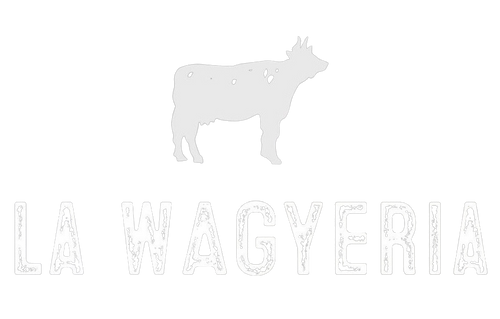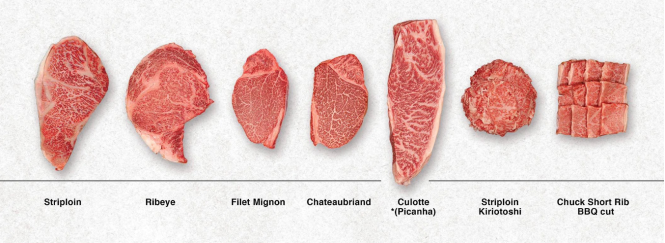Beef is a popular source of protein that is enjoyed by people all over the world. However, not all beef cuts are created equal. Some cuts are tender and juicy, while others are tough and chewy. In this guide, we will explore the tenderness spectrum of beef cuts and their characteristics, starting with the chuck.
The Chuck: A Flavorful but Tough Cut
The chuck is a cut of beef that comes from the shoulder area of the cow. It is a flavorful but relatively tough cut due to its high collagen content. Collagen is a type of protein that is found in connective tissue, and it can make meat tough and chewy when cooked quickly. However, when cooked slowly and at low temperatures, collagen can break down and turn into gelatin, which gives the meat a tender and juicy texture.
The chuck is often used for ground beef, stews, and braises. This is because the slow cooking method allows the collagen to break down and the meat to become tender. Cuts from this area include chuck roast and chuck steak.
The Rib: A Tender and Juicy Cut
The rib is a cut of beef that comes from the upper part of the cow's ribcage. It is a tender and juicy cut that is known for its marbling, which is the fat that is found within the muscle. The rib is often used for ribeye steaks, which are a popular choice for grilling and broiling.
The Loin: A Tender and Lean Cut
The loin is a cut of beef that comes from the back of the cow. It is a tender and lean cut that is known for its mild flavor. The loin is often used for filet mignon, which is a tender and lean cut that is popular for special occasions.
The Round: A Tough and Lean Cut
The round is a cut of beef that comes from the rear leg of the cow. It is a tough and lean cut that is often used for roasts and stews. The round is a lean cut, which means that it can become dry and tough when cooked quickly. However, when cooked slowly and at low temperatures, the round can become tender and juicy.
The Sirloin: A Tender and Flavorful Cut
The sirloin is a cut of beef that comes from the rear part of the cow's back. It is a tender and flavorful cut that is known for its marbling. The sirloin is often used for grilling and broiling and is a popular choice for steak lovers.
The Flank: A Tough and Flavorful Cut
The flank is a cut of beef that comes from the lower abdominal area of the cow. It is a tough and flavorful cut that is often used for stir-fries and fajitas. The flank is a lean cut, which means that it can become dry and tough when cooked quickly. However, when marinated and cooked slowly, the flank can become tender and juicy.
The Brisket: A Tough and Flavorful Cut
The brisket is a cut of beef that comes from the cow's chest area. It is a tough and flavorful cut that is known for its collagen content. The brisket is often used for barbecue and smoked meats, which allows the collagen to break down and the meat to become tender and juicy.
Conclusion:
Understanding the tenderness spectrum of beef cuts and their characteristics is essential for any home cook or professional chef. By knowing which cuts are tender and juicy and which cuts are tough and chewy, you can make informed decisions about how to cook and prepare your beef. Whether you're grilling a ribeye steak or slow-cooking a chuck roast, understanding the tenderness spectrum can help you create delicious and flavorful meals that your whole family will enjoy.

